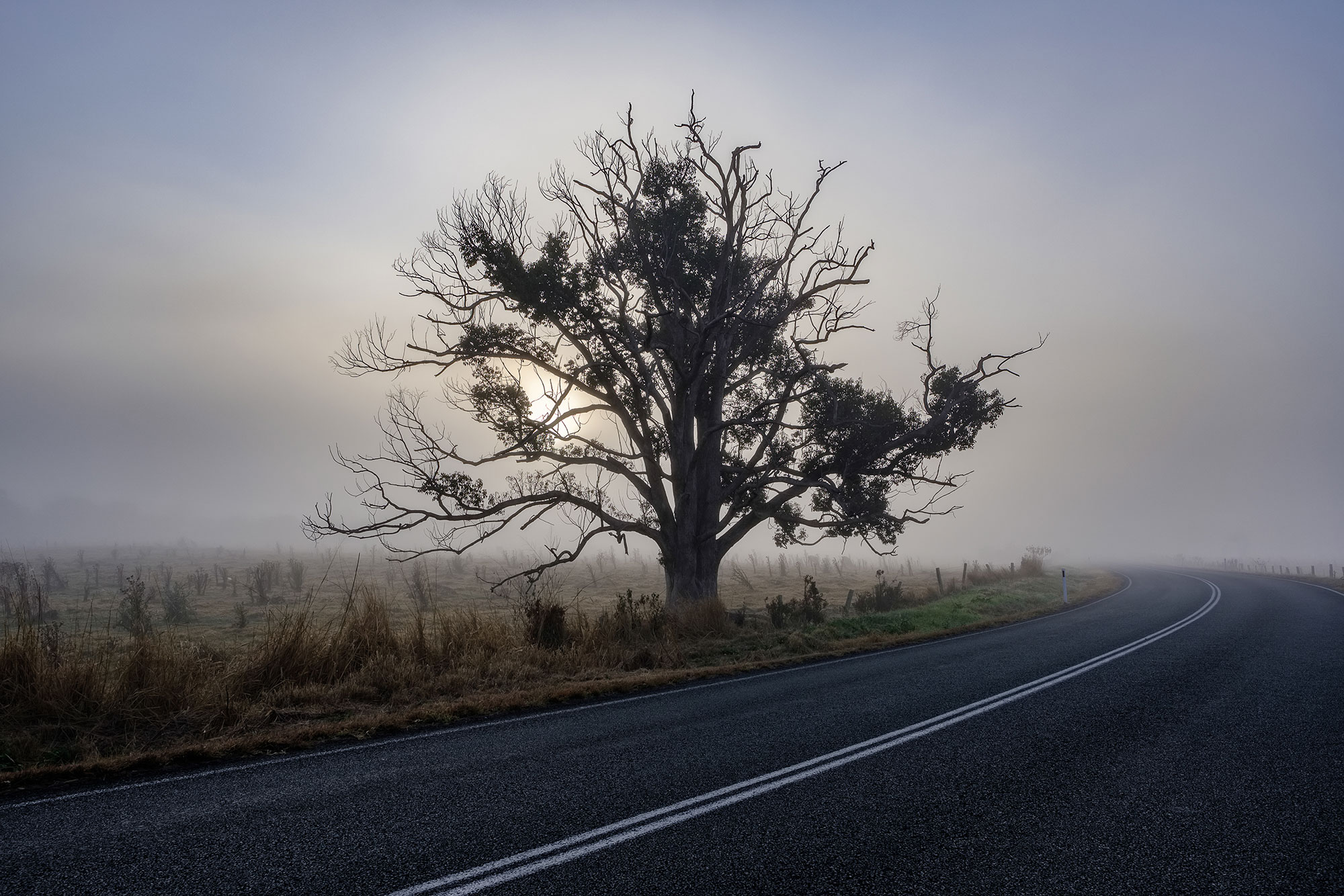It all started with curiosity
I was introduced to the prospect of photography when my fiancé purchased her first DSLR about 3 years ago. One afternoon I picked up her camera and started turning the dials, pushing all the buttons – this thing was so foreign to me. I didn’t know why but I couldn’t seem to manage to make a decent image.
The photos I was ending up with were either too dark, too bright or just straight up blurry. Danielle then told me about things like aperture, shutter speed and ISO and how they all work together to control light entering through the lens and hitting the sensor.
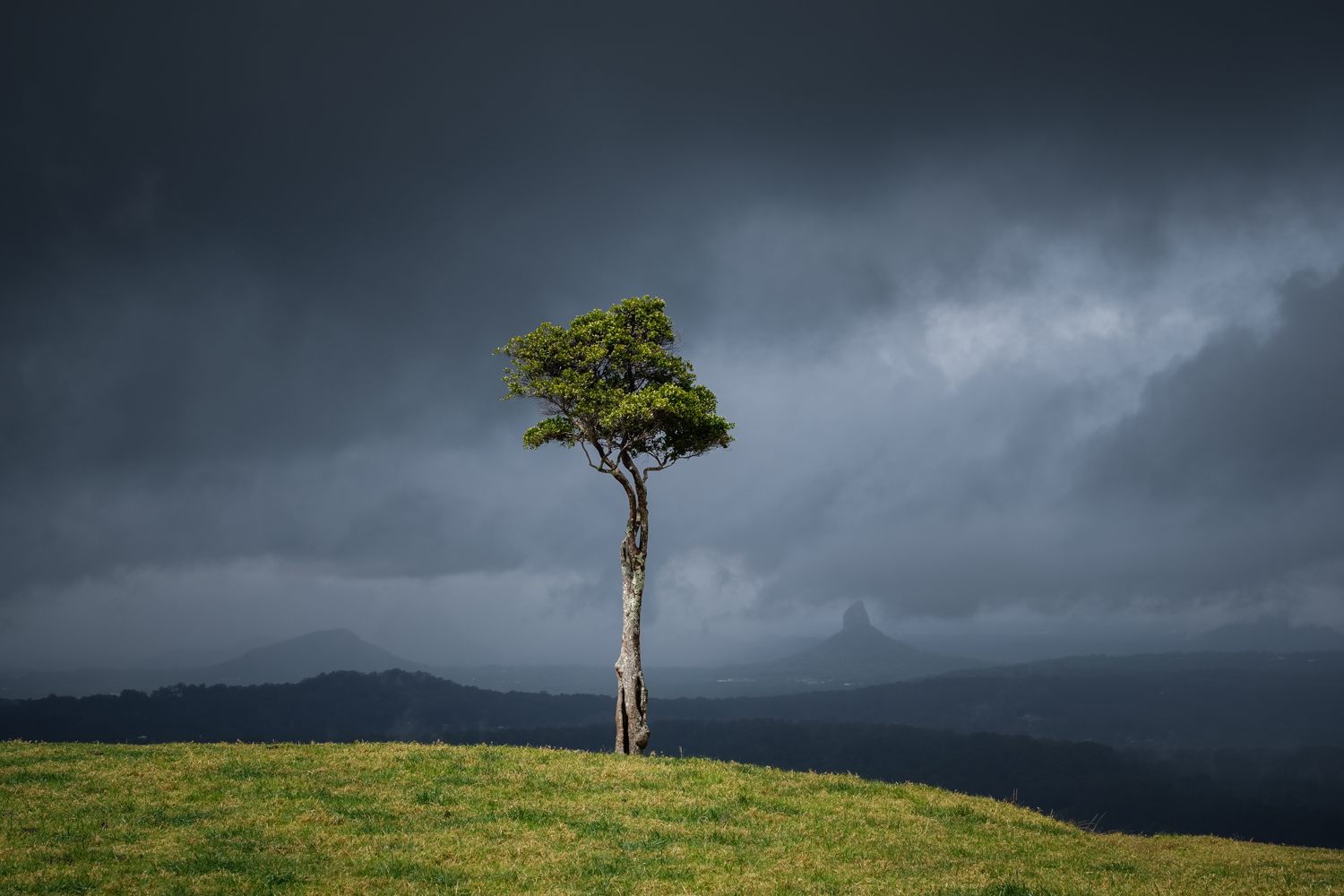
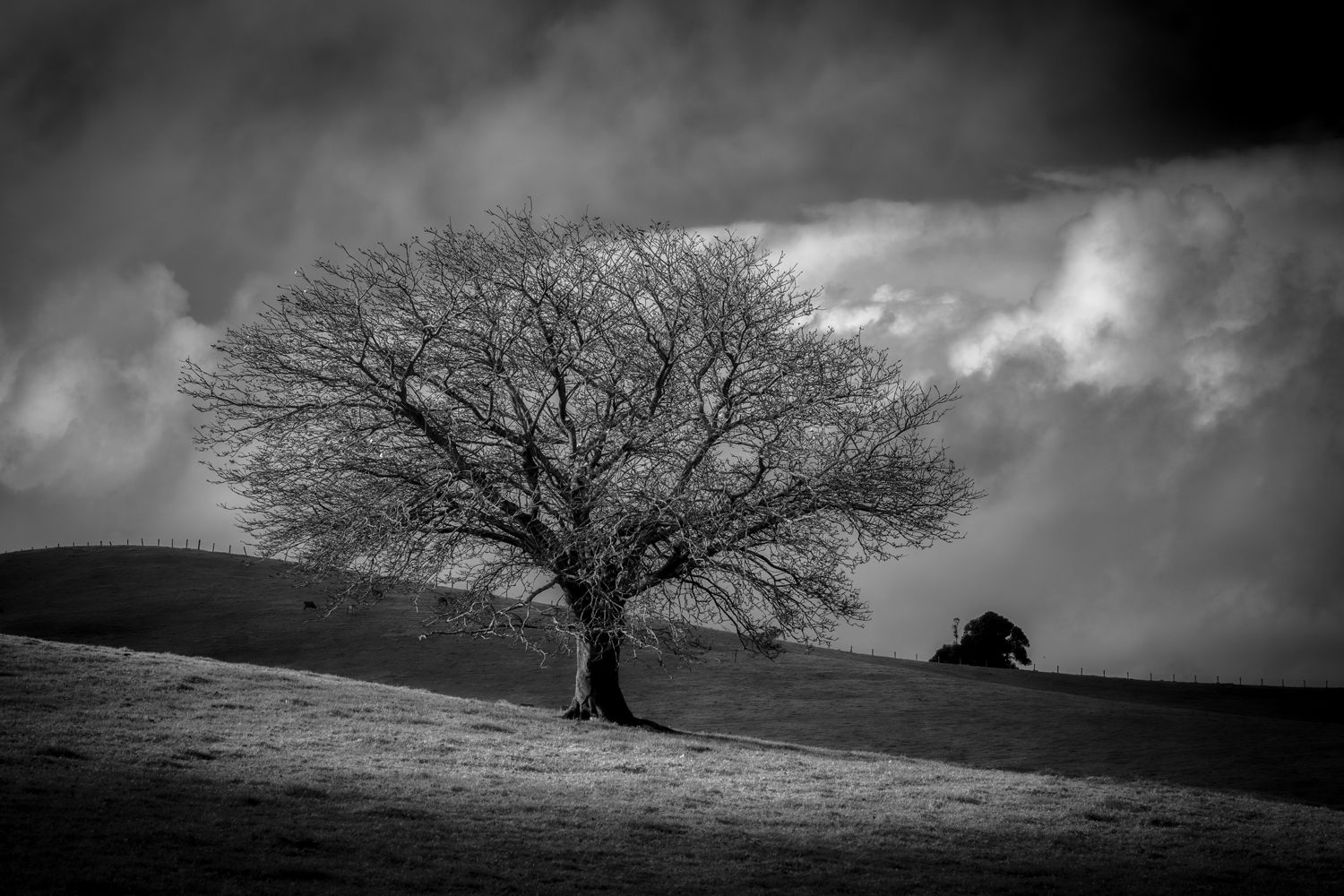
Before I knew it, I was at my local camera shop wanting to buy my first camera. I didn’t know anything about any of the brands, I just said I want something that’s not going to cost me too much and that I would be using it primarily for landscape photography. I walked out of there with a Nikon D5500 and a Tokina 11-16mm f/2.8 and I was so happy, I had my very own camera.

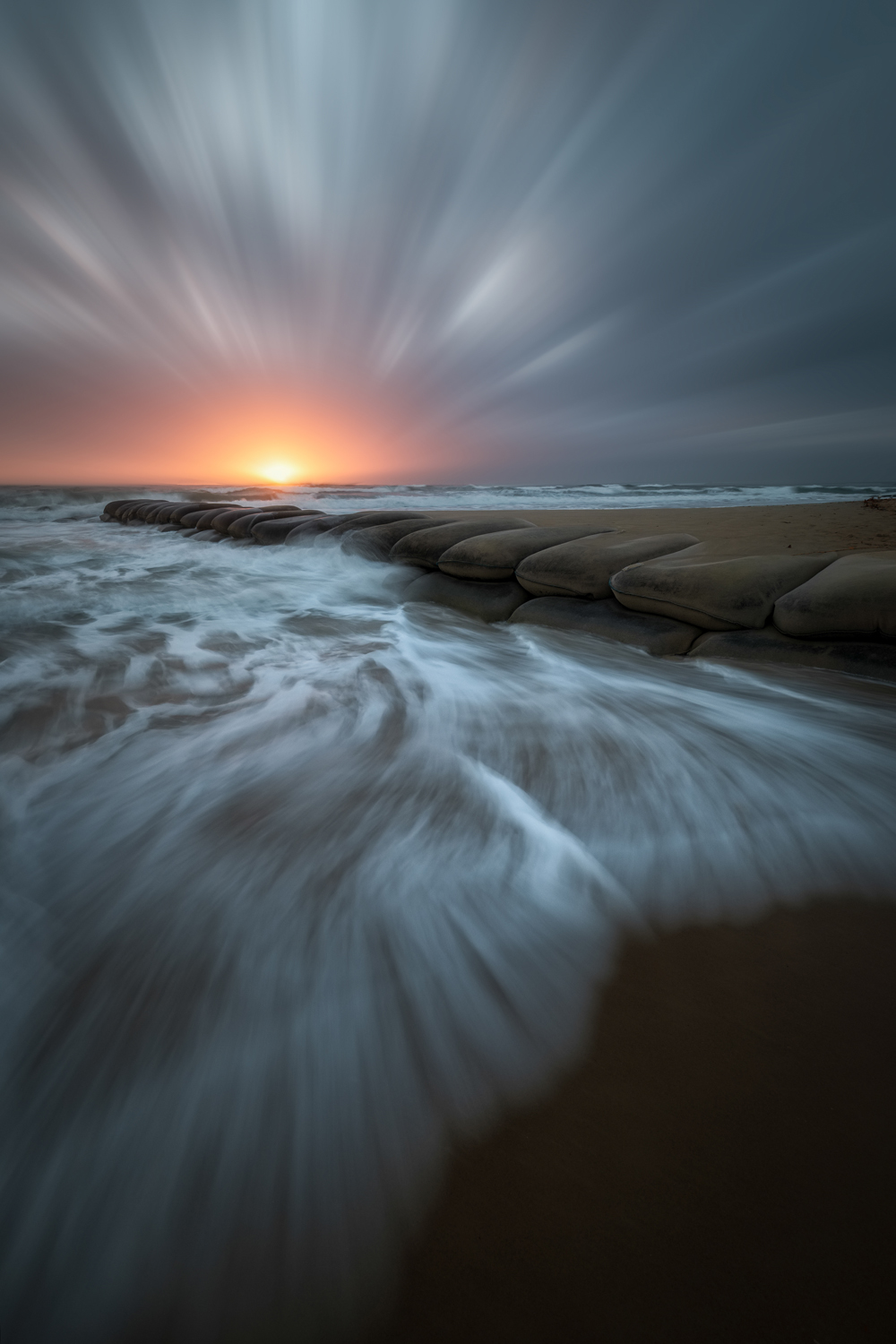
Thanks to all of the free information online, I was able to teach myself all the basics surrounding how to use a camera. I spent countless hours every week watching Lightroom tutorials on YouTube, learning composition and editing techniques, what lenses I should use and why, and of course, watching as many landscape photography vlogs as possible. I wanted to learn as much as I could as quickly as possible.

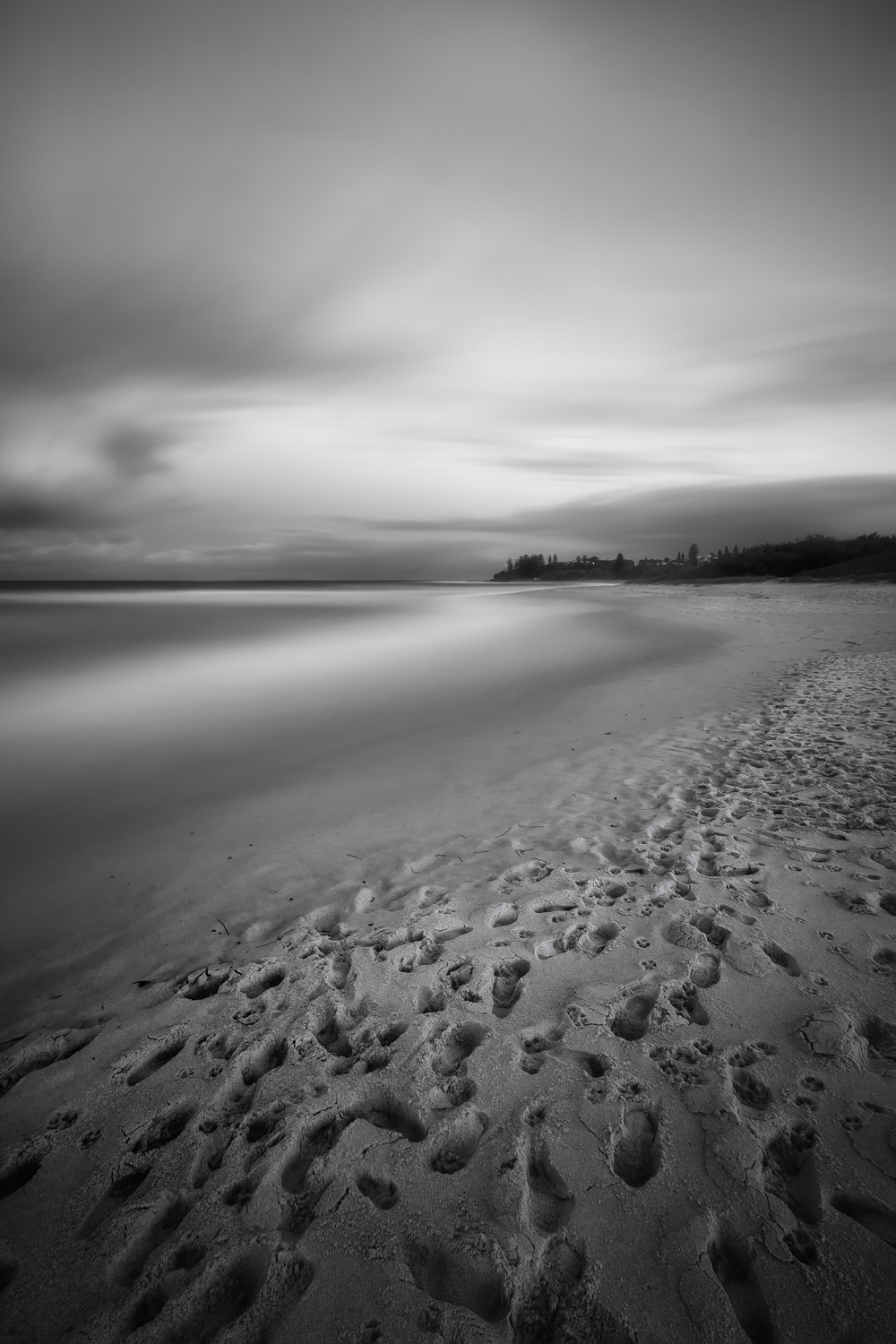
The thing you need to understand about me is that when I find something that I’m interested in, I become completely obsessed with it. For the last 3 years that has been, and still is, landscape photography. I love everything about it – the camera gear, the location scouting, hiking in the dark to get to your location before dawn, the post processing and how creative you can be. I’ve also had the opportunity to meet so many like-minded individuals who are always inspiring me in one way or another to be a better photographer.
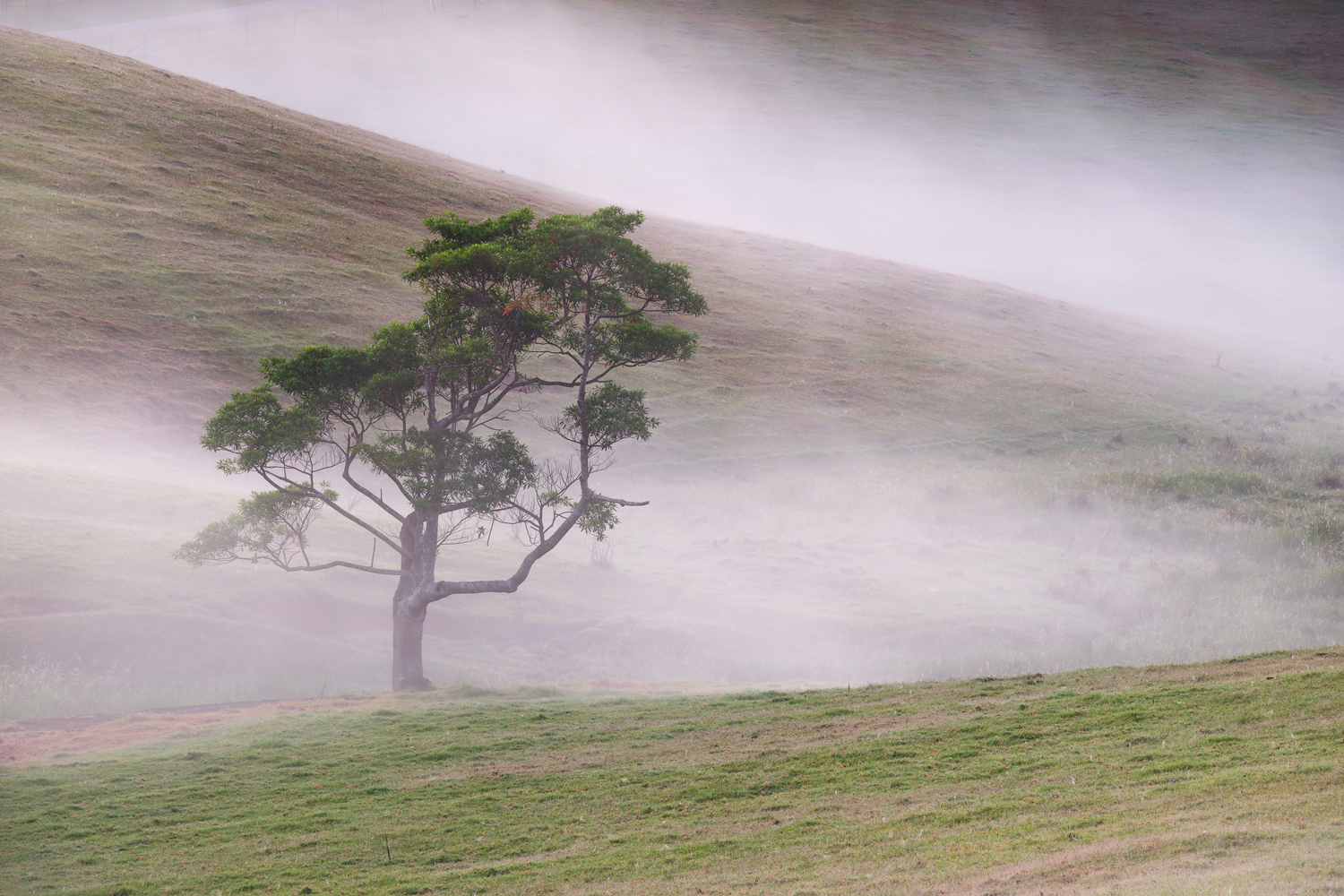
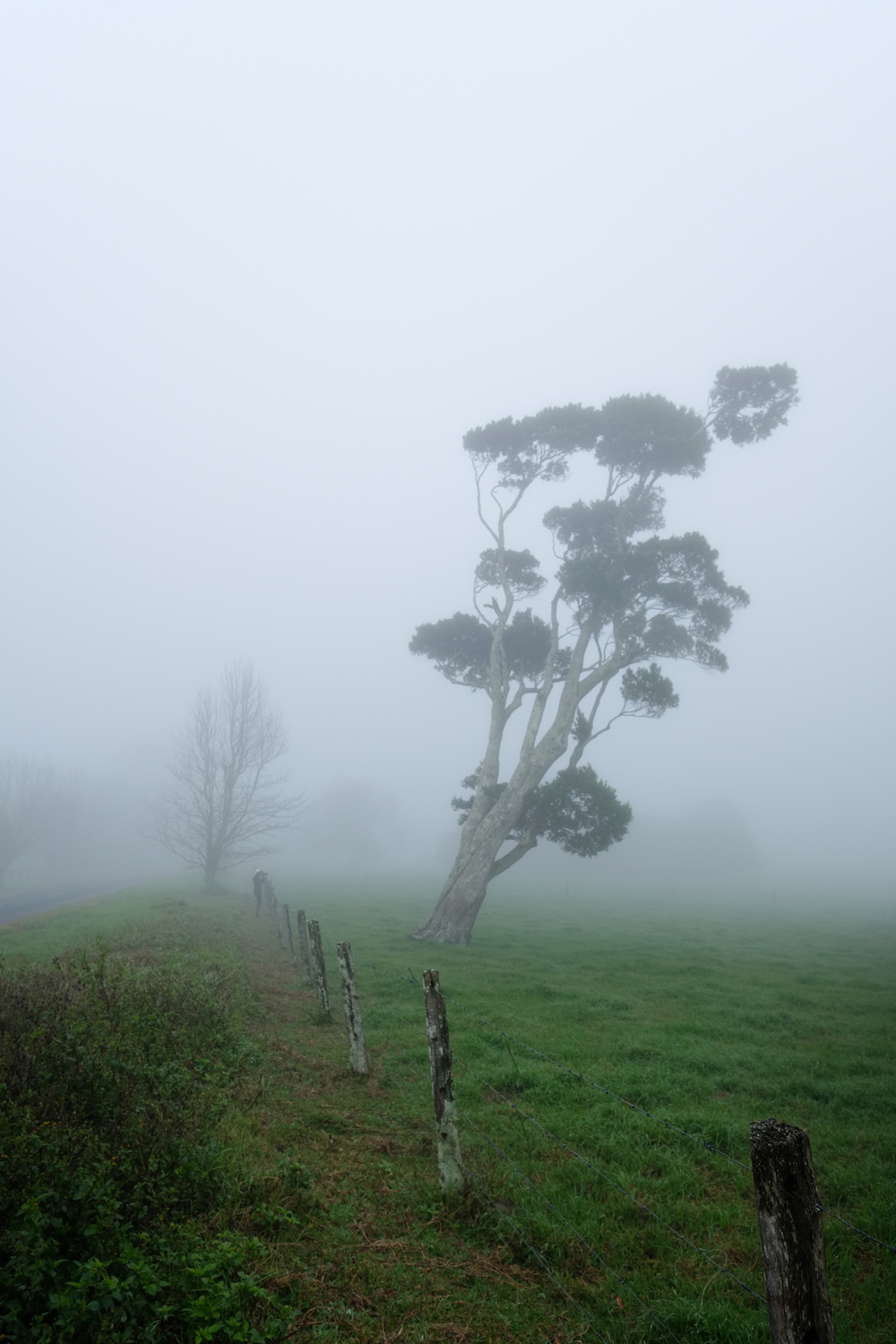
After shooting with my Nikon D5500 for 18 months, I became a lot more confident in my skills as a photographer and I began window-shopping for a system that had more capabilities. At the time I didn’t know Fuji was making some of the leading mirrorless cameras on the market and no one I knew at the time was shooting with Fuji cameras.
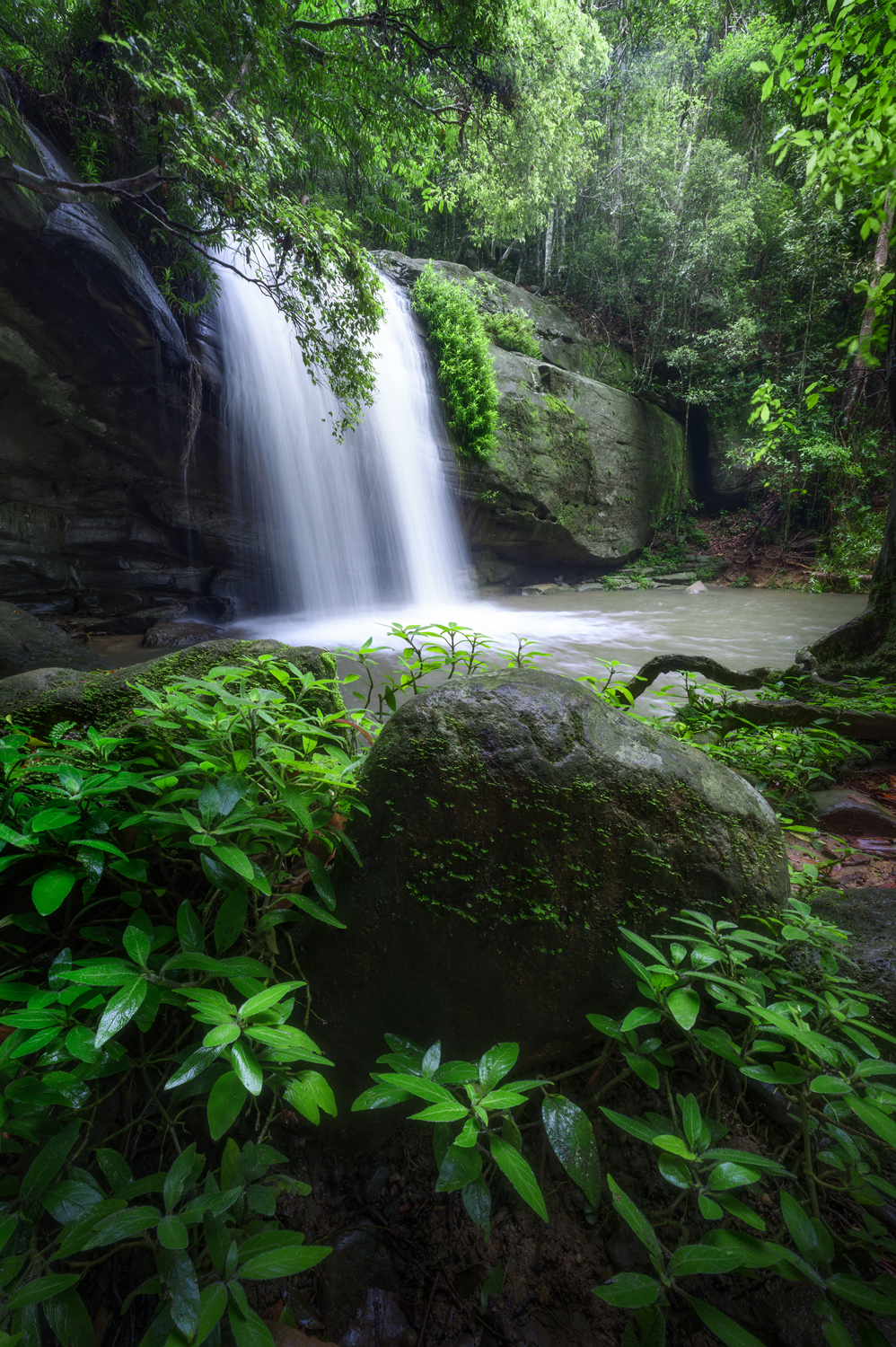
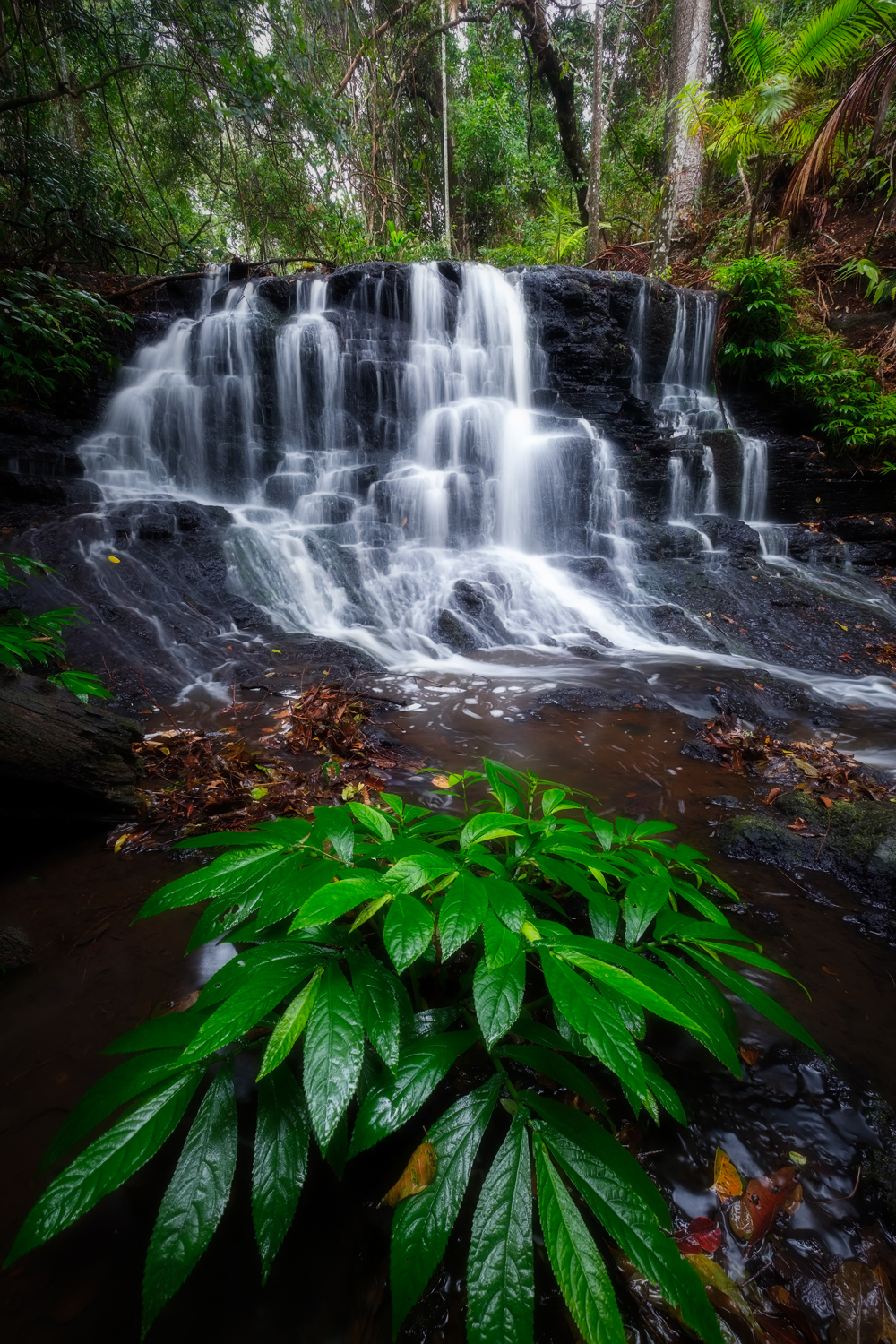
One day I was chatting to a staff member at a camera store and he handed me the X-T2 and suggested that I consider it. He explained some of the amazing features and said that every Fuji shooter he knows is really enthusiastic about their gear (not to mention the world class lenses!). Naturally this piqued my curiosity, so I went home and researched that camera like a madman.
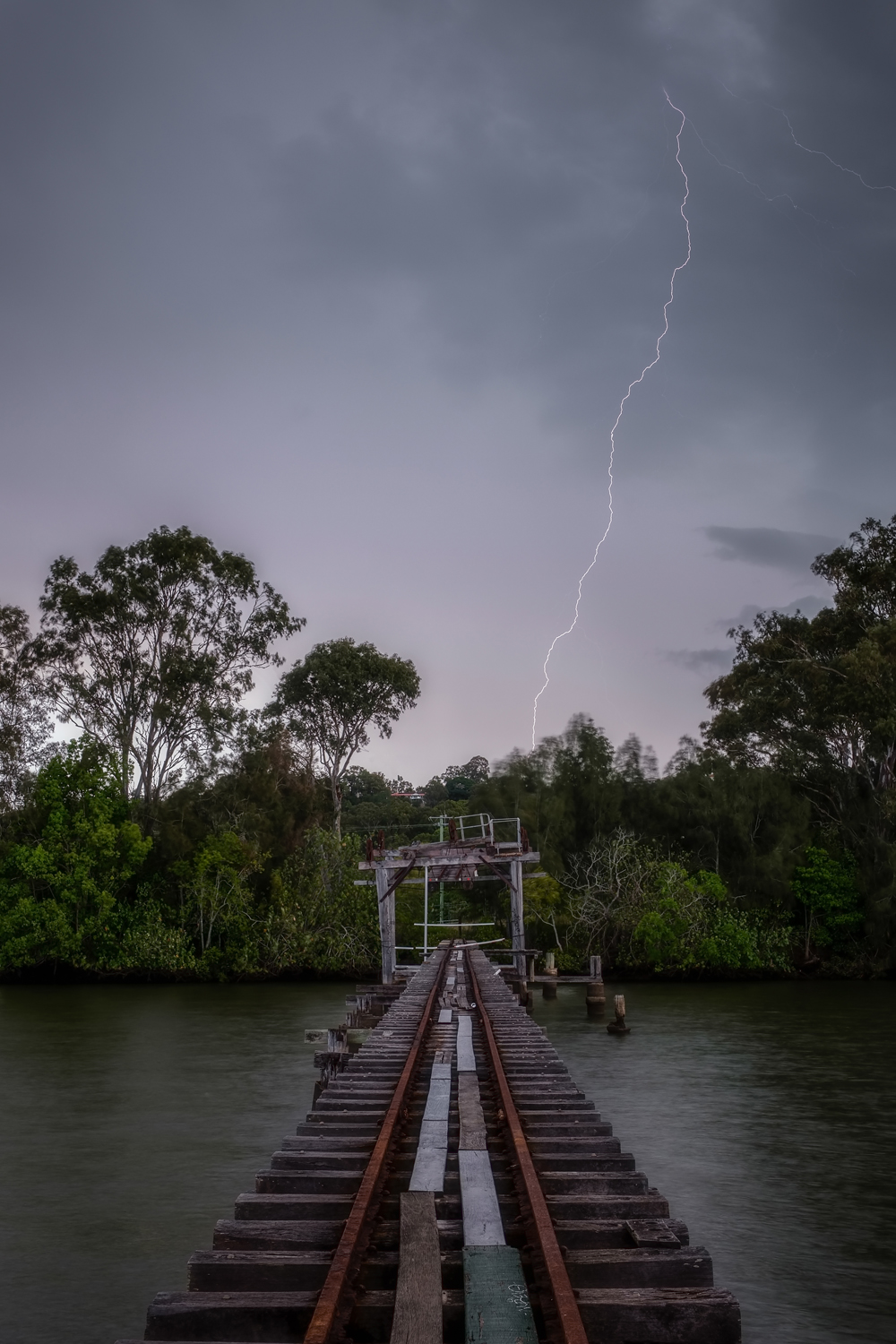
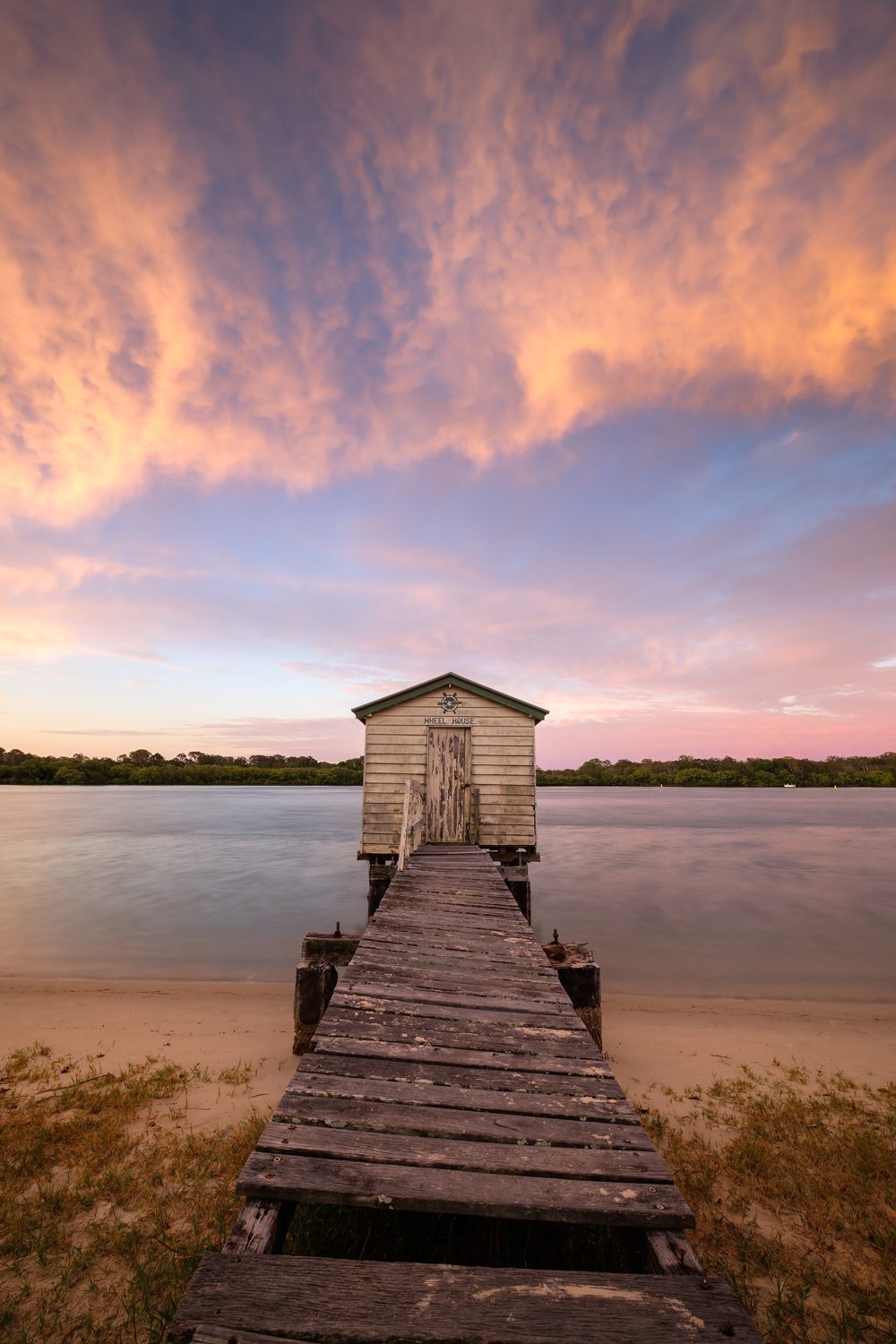
A week later I decided that I wanted to invest in a Fuji system. I went back to the camera store and walked out with the Fuji X-T2, the 10-24mm f/4 and the 50-140mm f/2.8 lens. A couple of months later I picked up the 16-55mm f/2.8 and that completed my holy trinity lens collection.
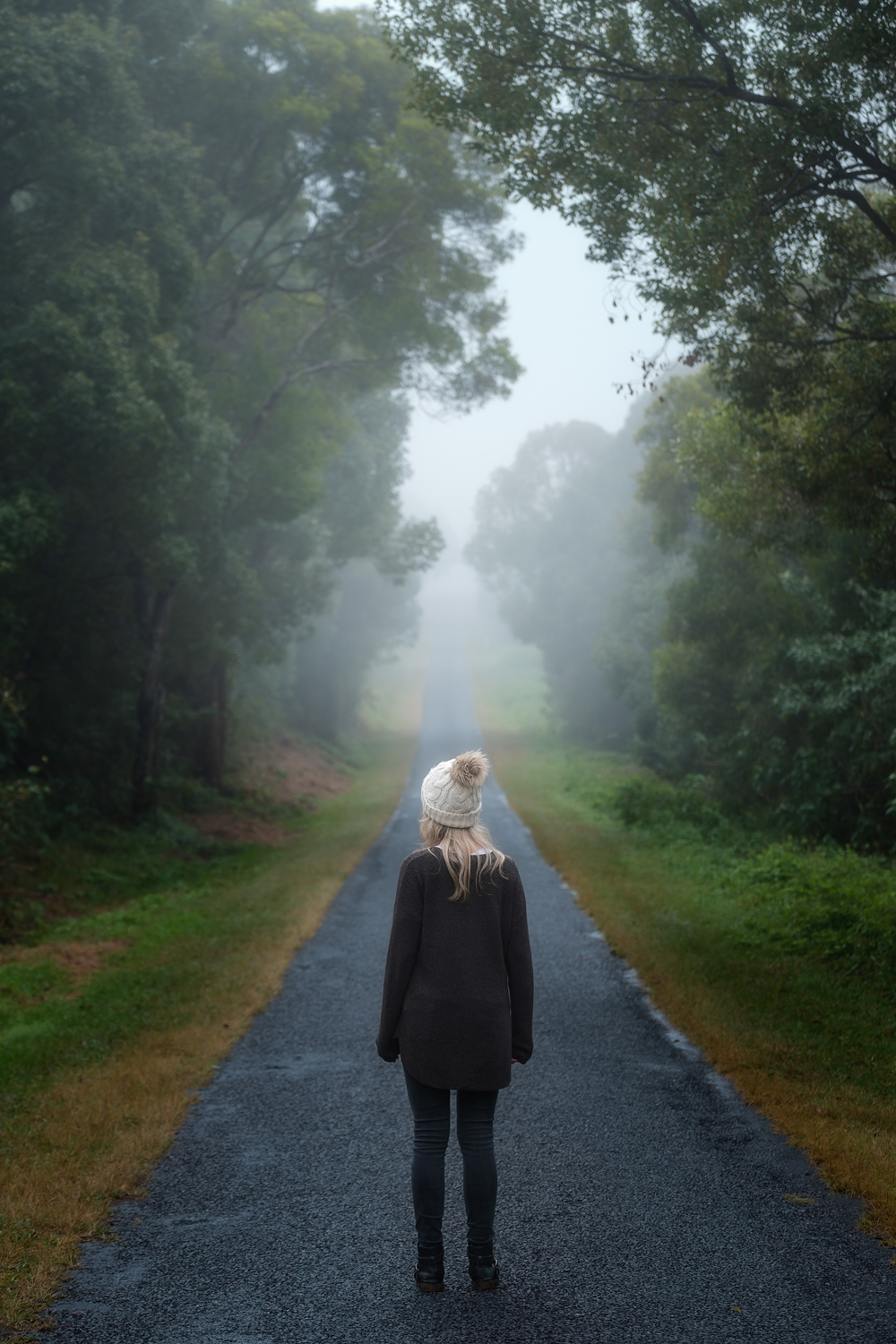
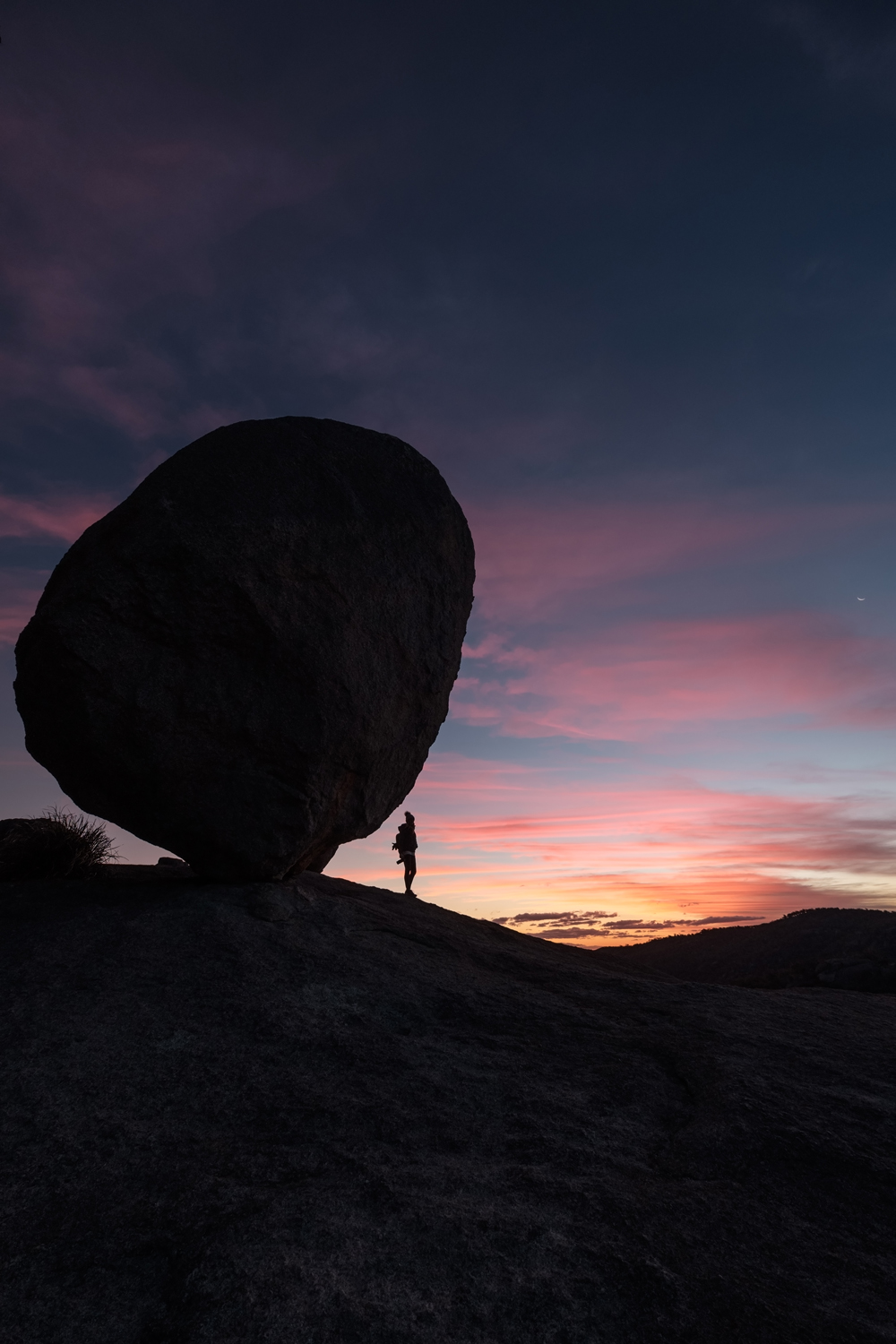
The Fuji system is so enjoyable to use for a number of reasons. Having used the X-T2 for about a year now, I have noticed a number of advantages that it has over my previous system. The first thing that comes to mind is the weather sealing and the high-quality build and design of the camera.
I’ve been out shooting in the pouring rain, sub zero temperatures in the snow, and have even been caught shooting in hail. Knowing that my Fuji system is built like a tank allows me to focus my attention on the scene in front of me instead of worrying about anything malfunctioning.
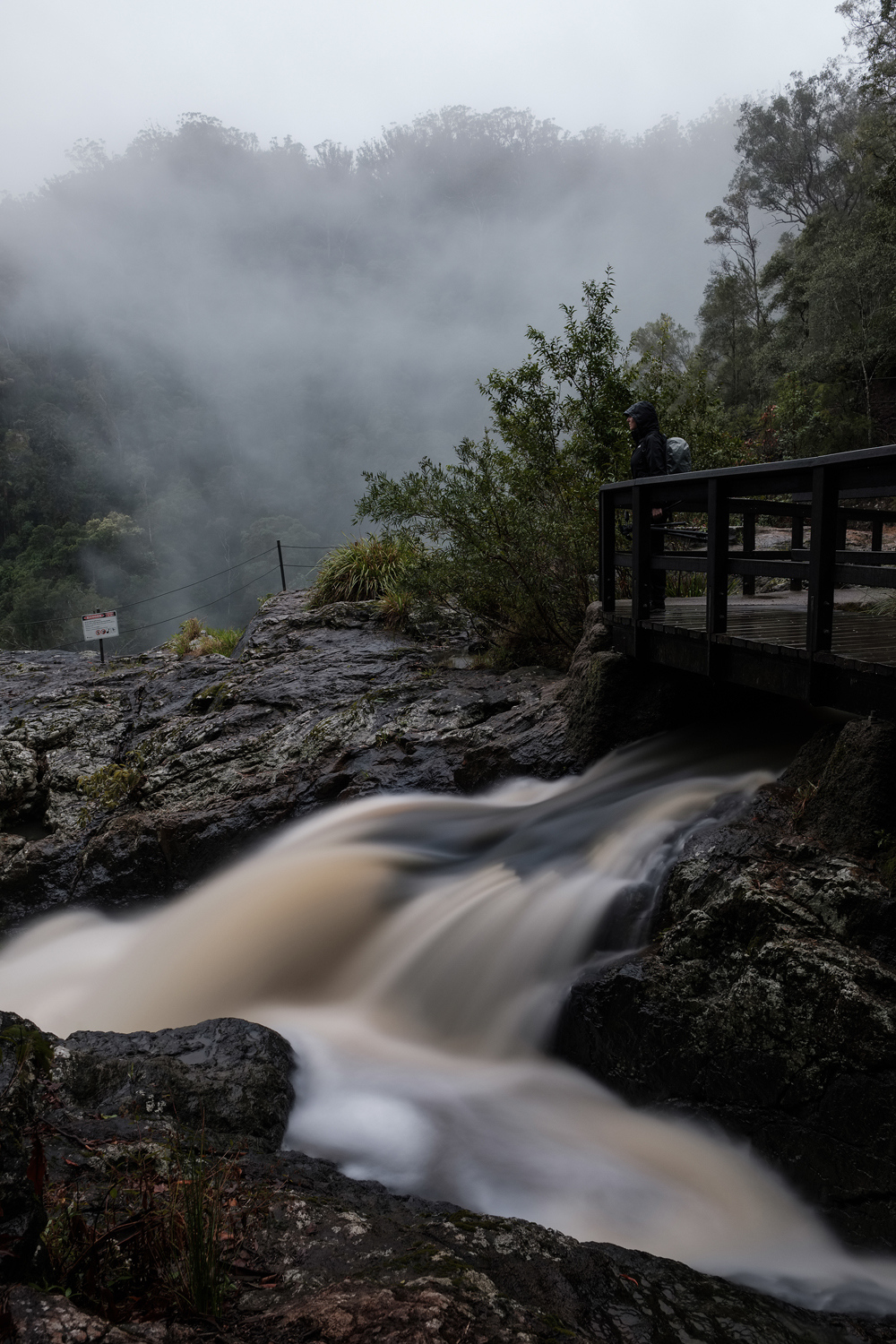
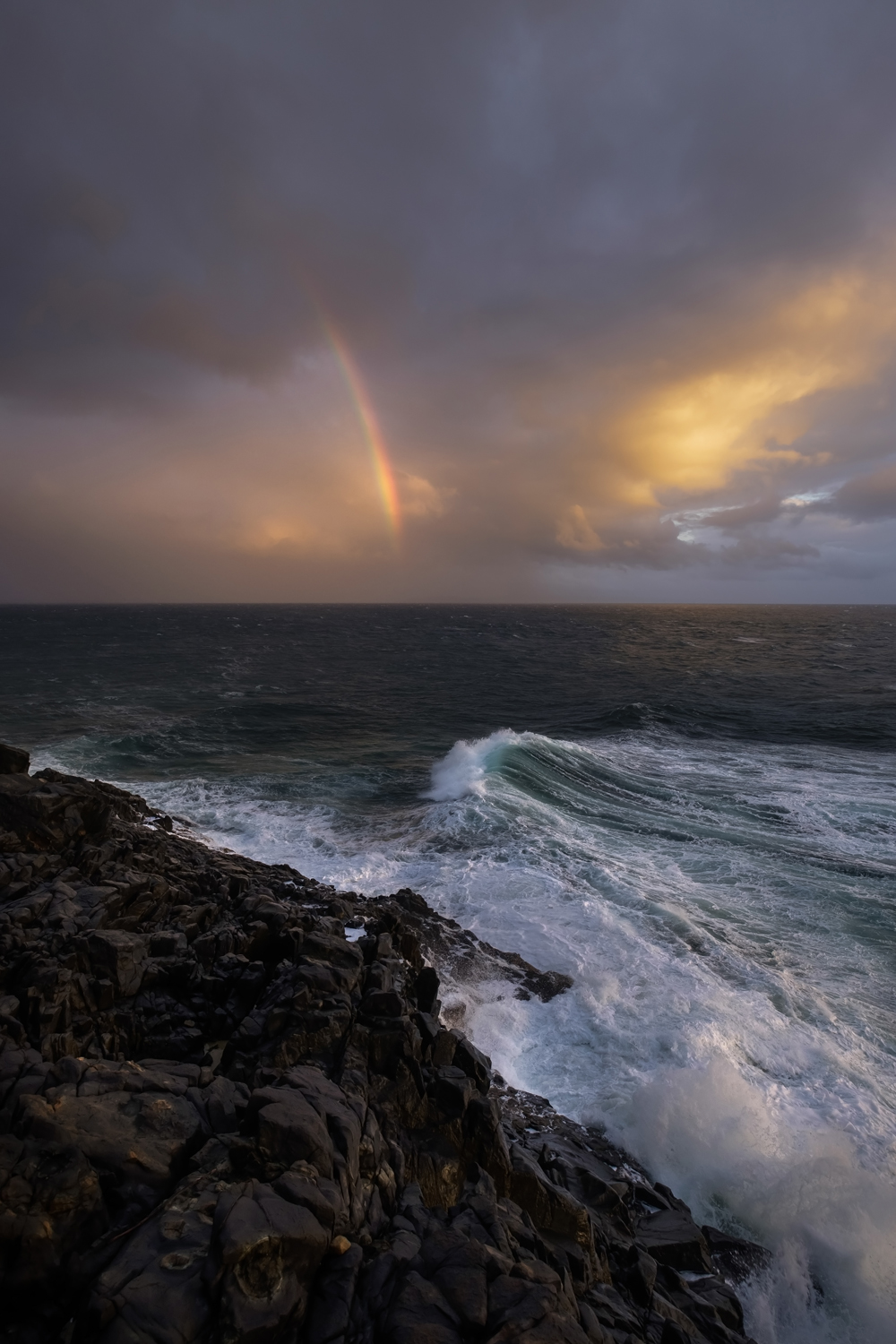
We all know that when we’re talking about the advantages of the Fujifilm cameras, we have to mention the film simulations and the JPEGs it produces straight out of camera. I’m certain that anyone reading this will already be well aware of how amazing the Fuji colours are so the only thing I’ll add is, if I wasn’t allowed to edit my images for 12 months, I would have no problem just using the film simulations.
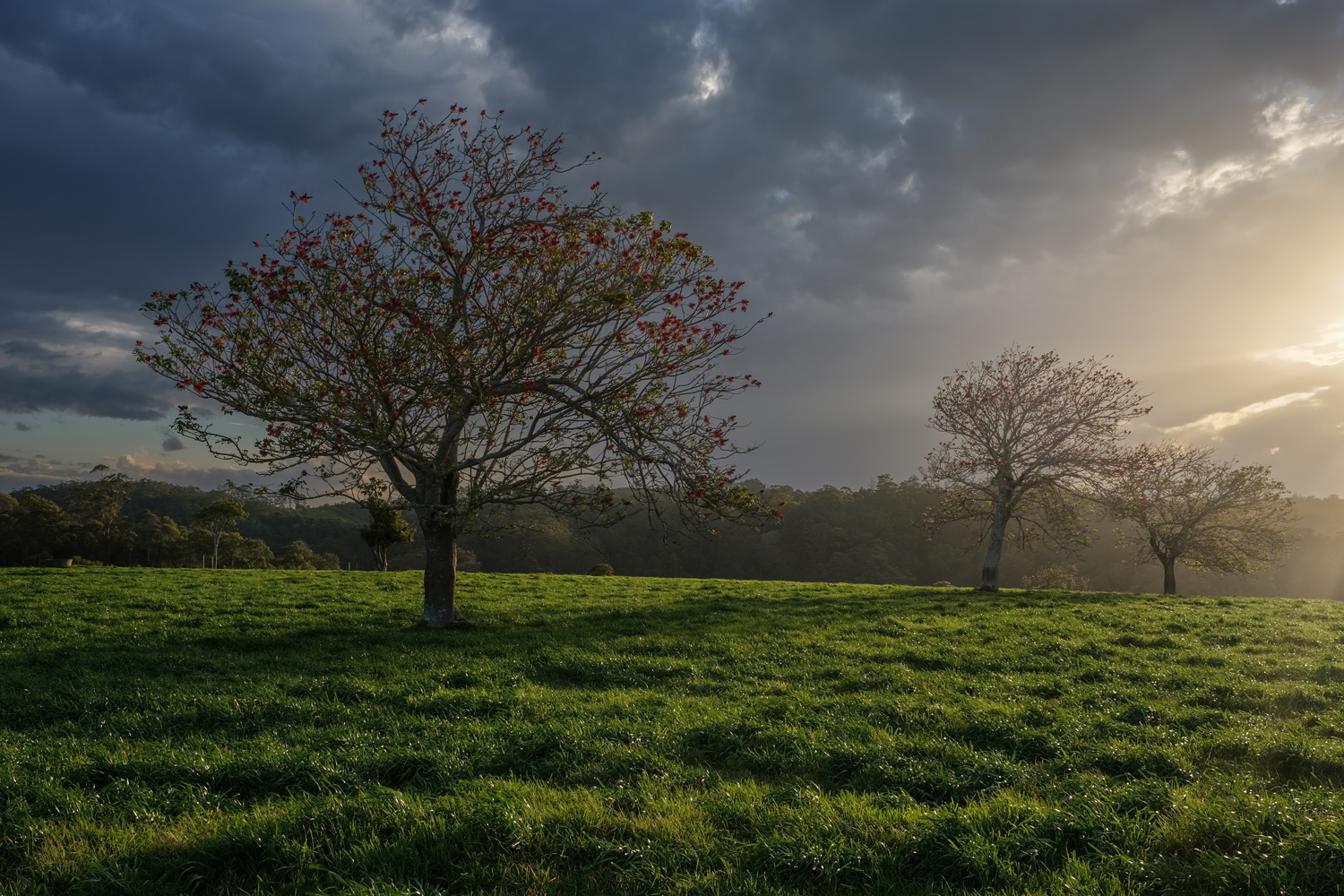
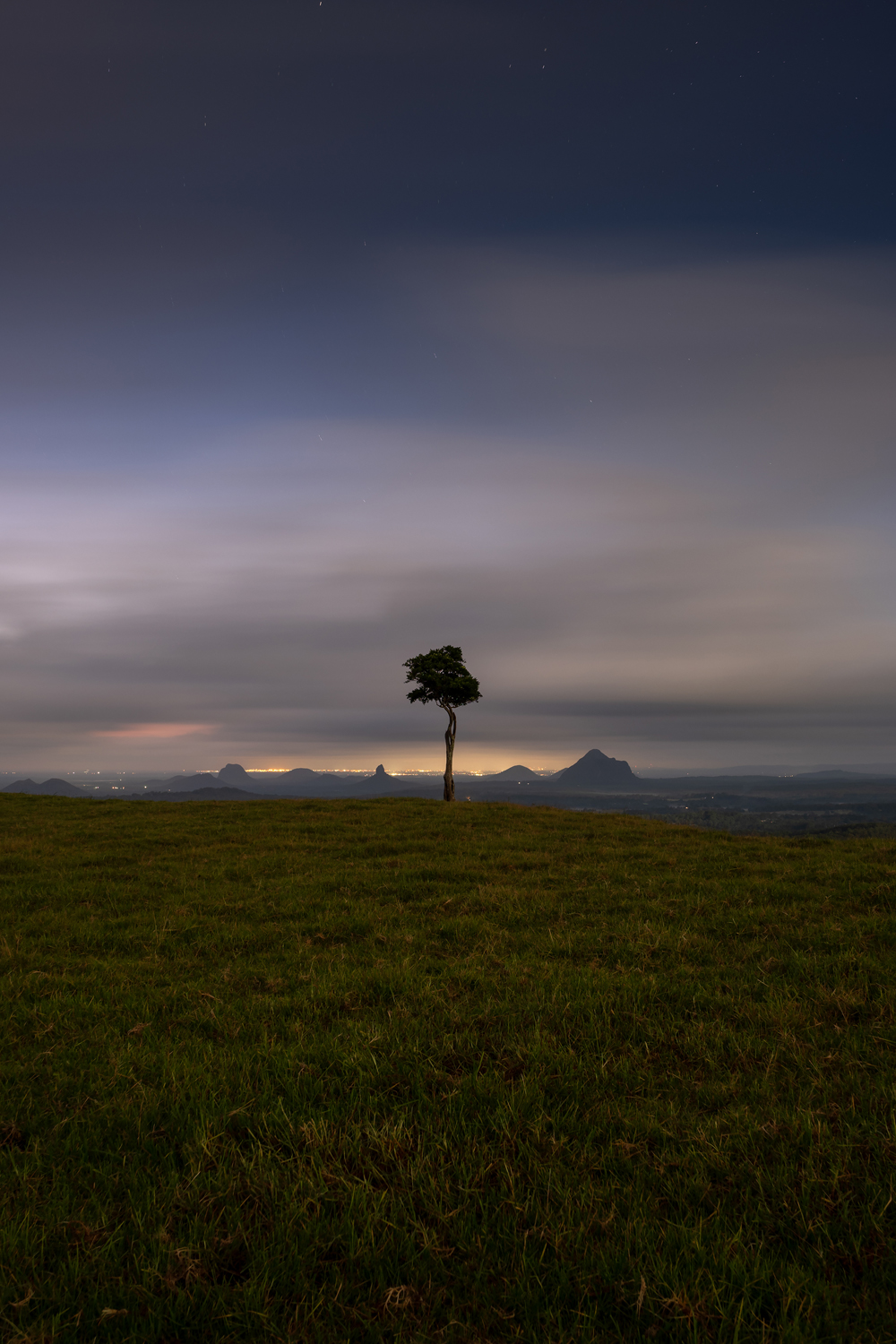
Another advantage about my Fuji X-T2 is its ability to give me in camera exposure times that exceed the standard 30 seconds. I’m now able to set my exposure time for up to a staggering 15 minutes without using an external remote. In addition to that, I’m also able to see the exposure change on my rear LCD screen as I make adjustments to the aperture and shutter speed.
This takes the guesswork out of selecting the correct shutter speed when taking a long exposure. We all know how quickly that beautiful sunrise colour can appear and then vanish in a matter of a couple of minutes. Shooting with my Fuji allows me to capture those fleeting moments efficiently.
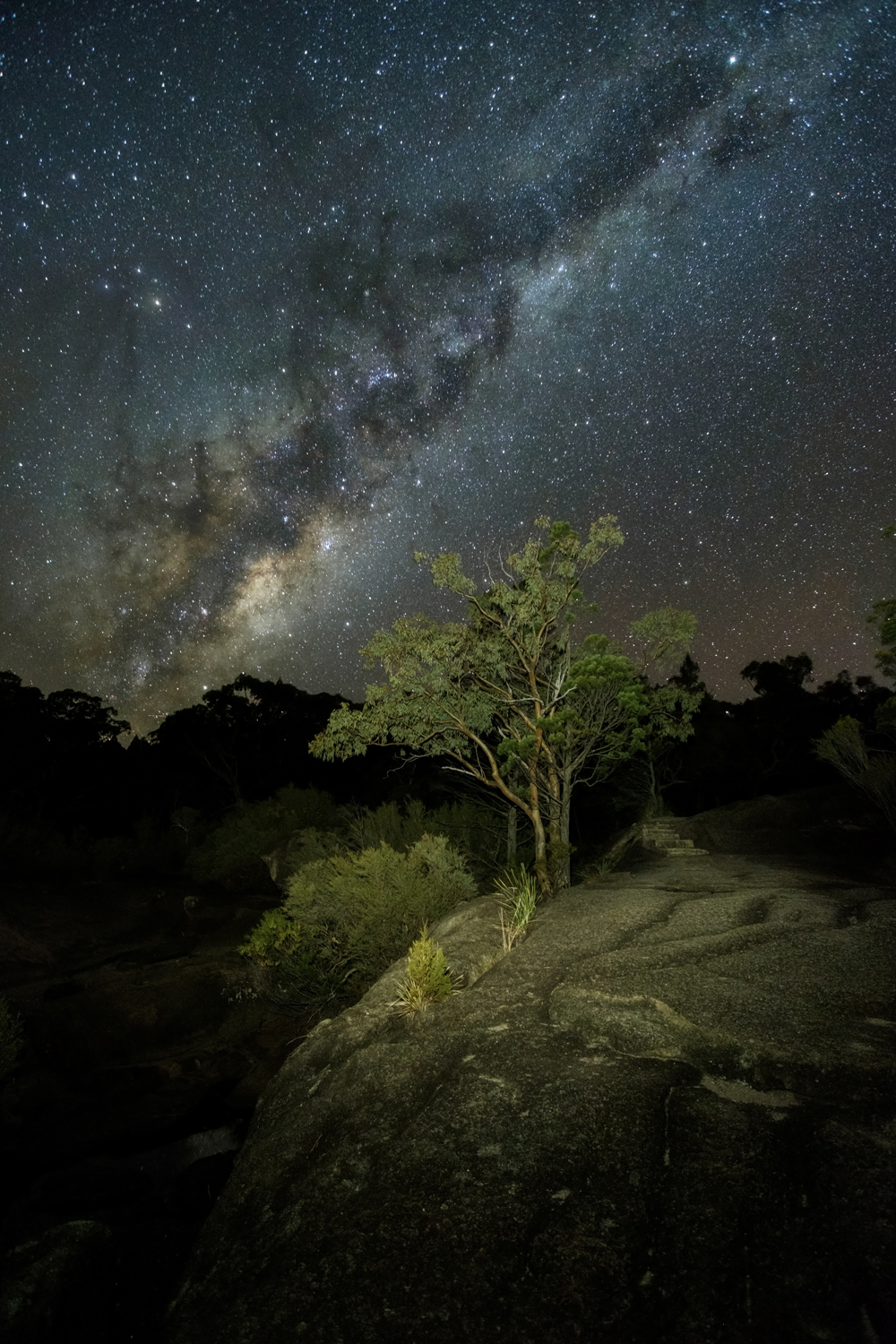

Along with my Fuji system I use a sturdy Manfrotto tripod that I’ve done a couple of modifications to, such as hacksawing the centre column in half so I can shoot closer to the ground. I’ve also altered the ball head to make it arca swiss compatible so I am able to use an L- bracket. I have a very modest filter kit at the moment that include a circular polarizer, a 5-stop Hoya ND filter, and a 10-stop NiSi ND filter. I use Photoshop for all my editing and Iridient X-Transformer as my Fuji raw convertor.
I could never have anticipated that picking up a camera 3 years ago would have such a positive impact on my ability to express myself creatively. My journey with photography has only just begun and I’m excited to see where it takes me in the future.
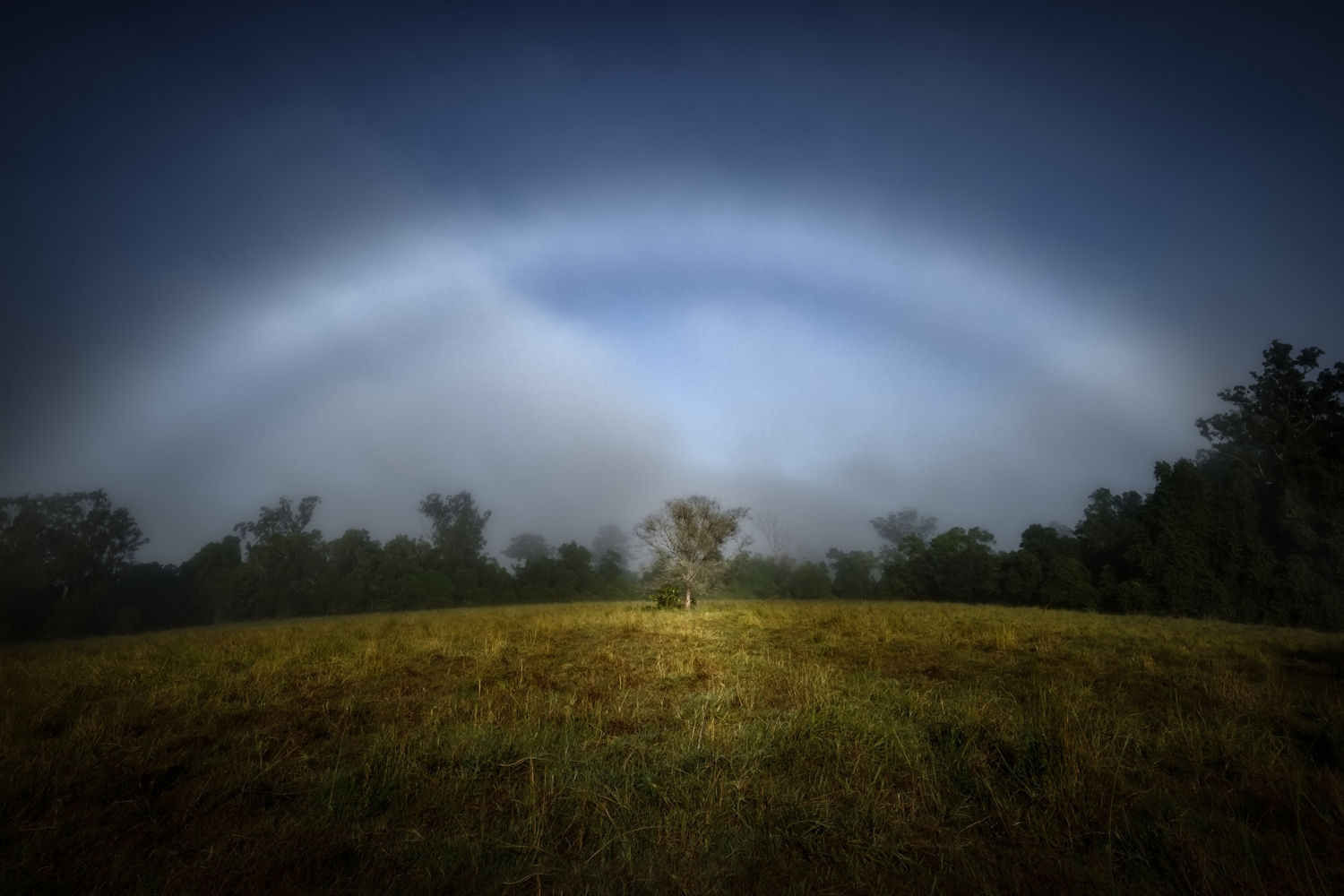
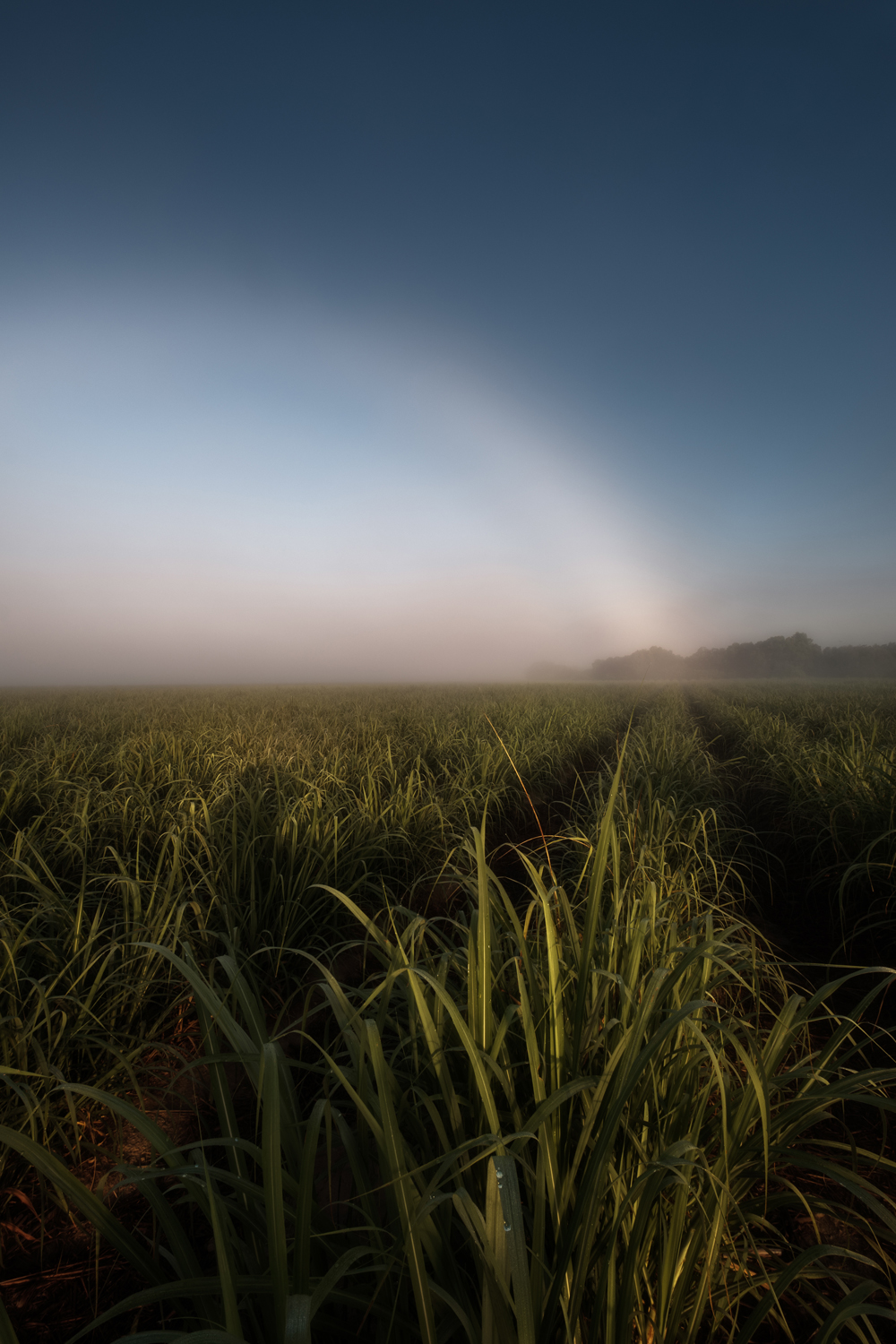
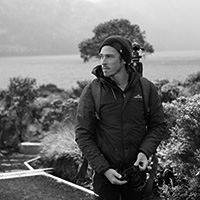
“Hello, my name is Dominic O’Brien, I’m 36 years old and I live on the Sunshine Coast in Queensland, Australia.
I got into photography by accident about 3 years ago. My main interests prior to that were things like fitness, skateboarding and playing sports such as basketball and golf. I’ve always loved the outdoors and hiking but never with a camera in mind.”

